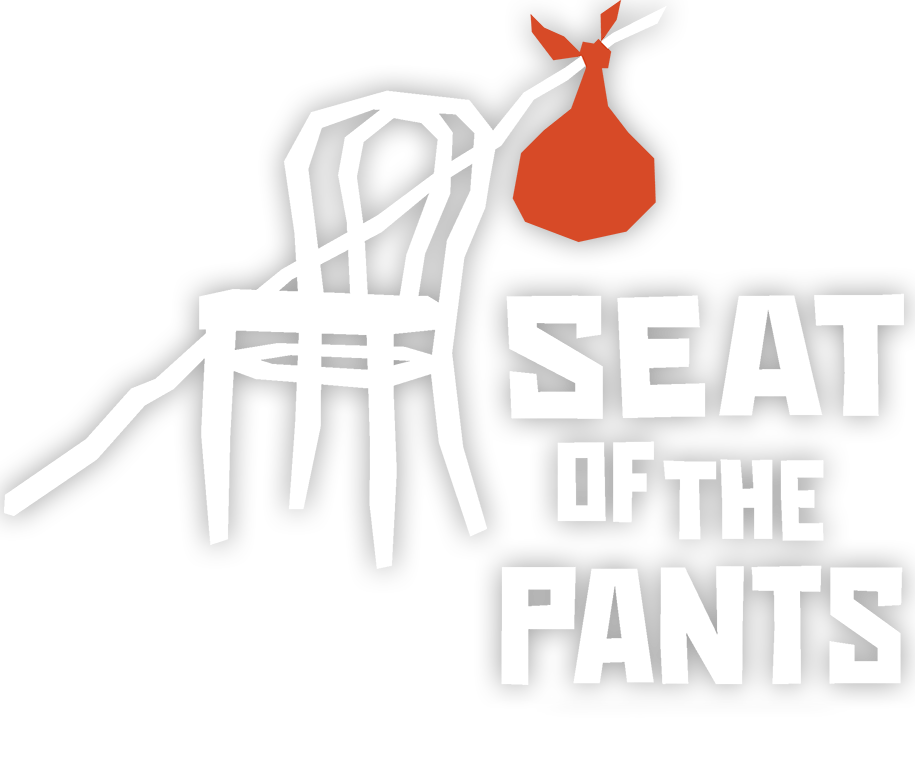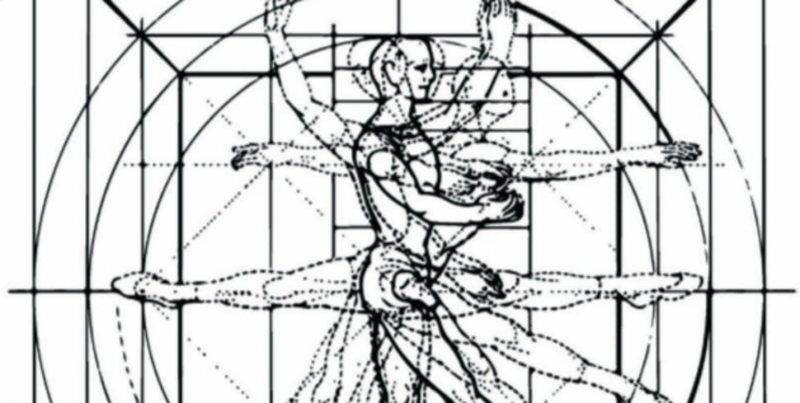METHODS IN HARMONY (or WORKSHOP, BABY WORKSHOP LABAN EDITION)
We’ve got another workshop on February 4th, and if you want to hear a short sound blurb on our workshops, checkout our instagram or checkout our previous blog post on the workshops we’ve done so far.
The last workshop we focused on a quick handful of tools taken from the Michael Chekhov technique. This round we’re going to explore a method developed by Rudolf Laban and then expanded upon by Lisa Ullmann, Irmgard Bartenieff, Warren Lamb. What is energizing and accessible about these methods, both MC and Laban, is that every possible movement, every possible actionable choice an actor can make has been studied and synthesized into something simple, repeatable, and instantly informative to the actor’s imagination. Methods like this are sometimes referred to as “psycho-physical” which is a fancy word that acknowledges that what the body does physically will naturally inspire the character’s psychology and the character’s psychology can inform their physical movement.
Laban is most known for his action analysis by his classification of all movements into eight specific movements which he called “Efforts”. (We’re going to explore these together on the 4th!) These are very much akin to MC’s Psychological Gestures. MC encourages the exploration of Psychological Gestures through the additional application of qualities (or adverbs like quickly, slowly, embarrassingly, flirtatiously, confidently, etc.), creating seemingly infinite possibilities for an artist. Laban’s Efforts prescribe certain qualities with the efforts that steer the exploration to fewer or, perhaps, clearer immediate choices. All eight of Laban’s fully realized efforts operate on four binaries: 1) Focus, 2) Weight, 3) Time, and 4) Flow. To do an action that utilizes all four of these binaries results in a fully realized Effort. What Laban does that starts to drift away from MC and become more akin to Anne Bogart and Tina Landau’s Viewpoints, is that he creates options where only three of those four binaries may actually be realized. By experimenting with various combinations of three, pulled from those four binaries (ex: Focus, Weight, Flow or Weight, Time, and Flow etc.), the actor is carving out a shorter and more precise menu of choices for their character. These combinations of just three are called Drives. Laban further simplifies or abstracts how a character may approach his efforts by allowing them to select just two of the four binaries (ex: Time and Flow or Weight and Focus). This system of selecting just two of the binaries creates what Laban called a State. Whether an actor is using fully-realized Efforts, Drives, or States, they each have a purpose and are tools to help an actor find specificity, clarity, and a fully engaged mind and body. On some level, this is the aim of all psycho-physical techniques. Our imaginations are infinite, and [sometimes] we need help unlocking that infinite creativity in order to tell stories more completely with our bodies and voices that [sometimes] get limited by lack of exploration or practice.
That’s all fine and dandy - and thank you for indulging in that rabbit hole - but why go through all this trouble.
Having a job (or many jobs) and having responsibilities that may not fall totally in line with one’s artistic passions, it can be easy to fall off the horse of disciplined story-telling or creative expression and feel lost(ish) trying to jump back into the game. Sometimes having techniques and methods like MC or Laban can be a way for the left side of the brain to help open up the right side. It’s our prerogative at SOTP that studying and applying these processes allows an actor to take more agency and discover more joy in their art-making. Getting to explore and play around with methods like Laban is a bit like actor alchemy. There’s loads to explore, loads to discover, and all the way there’s a growing command and articulation of one’s artistry.



